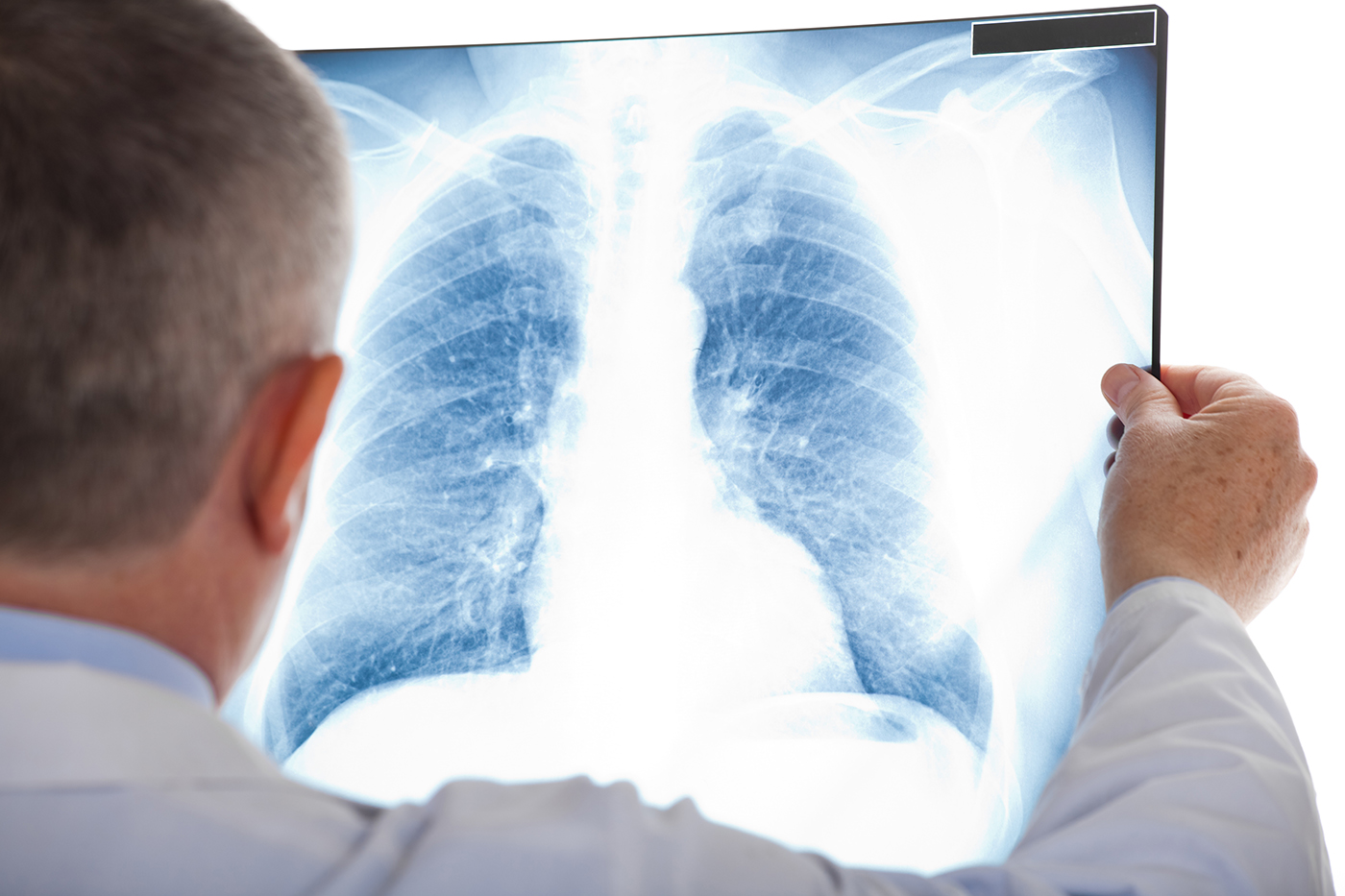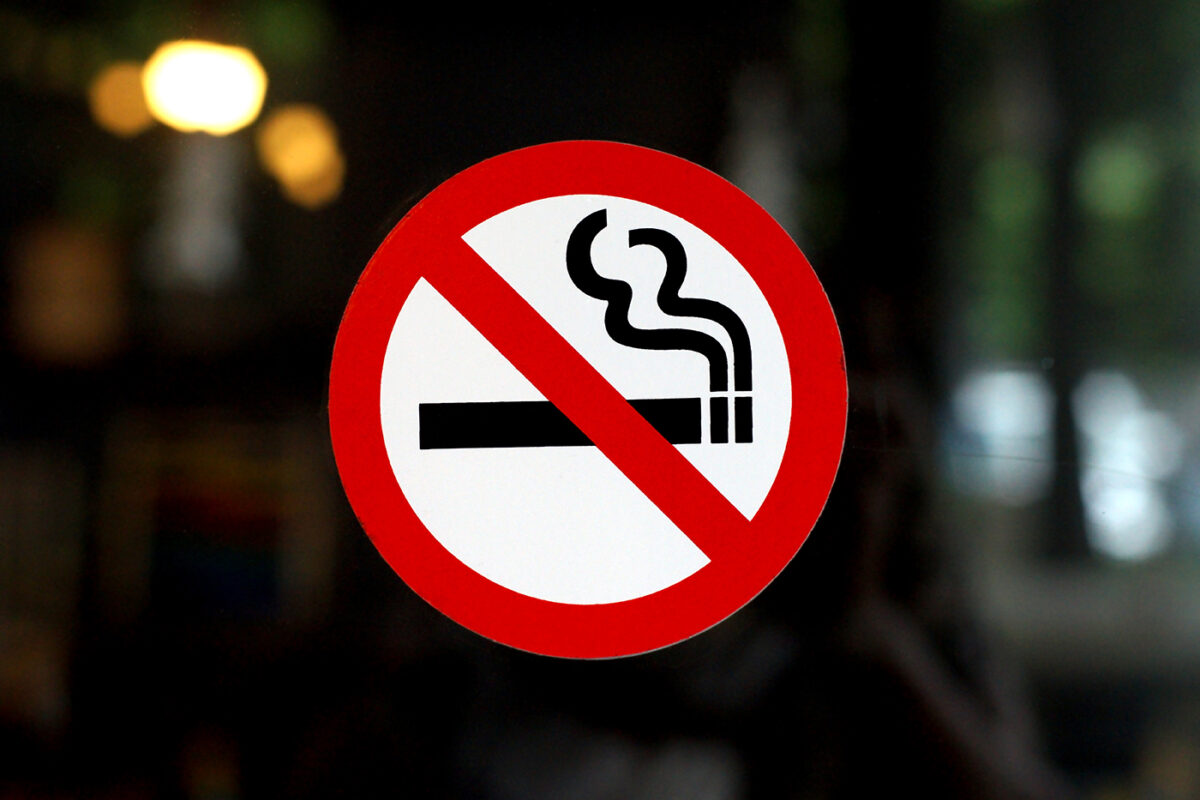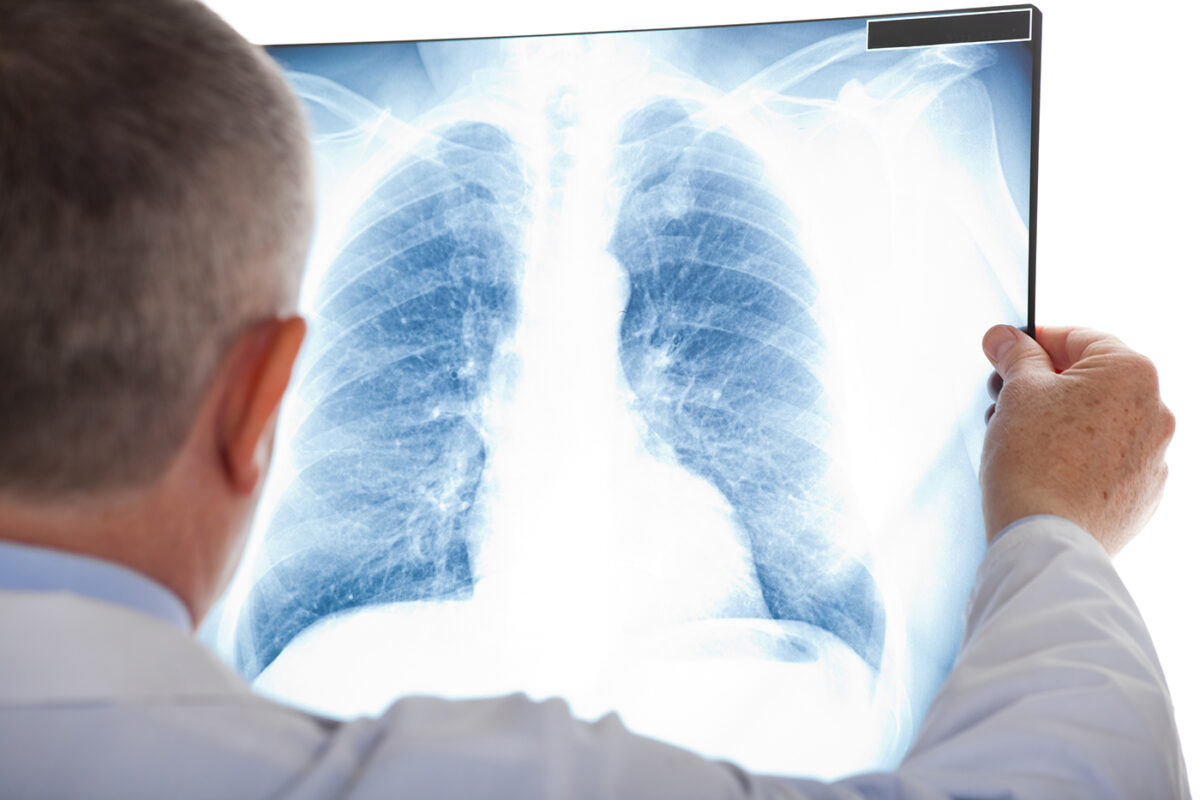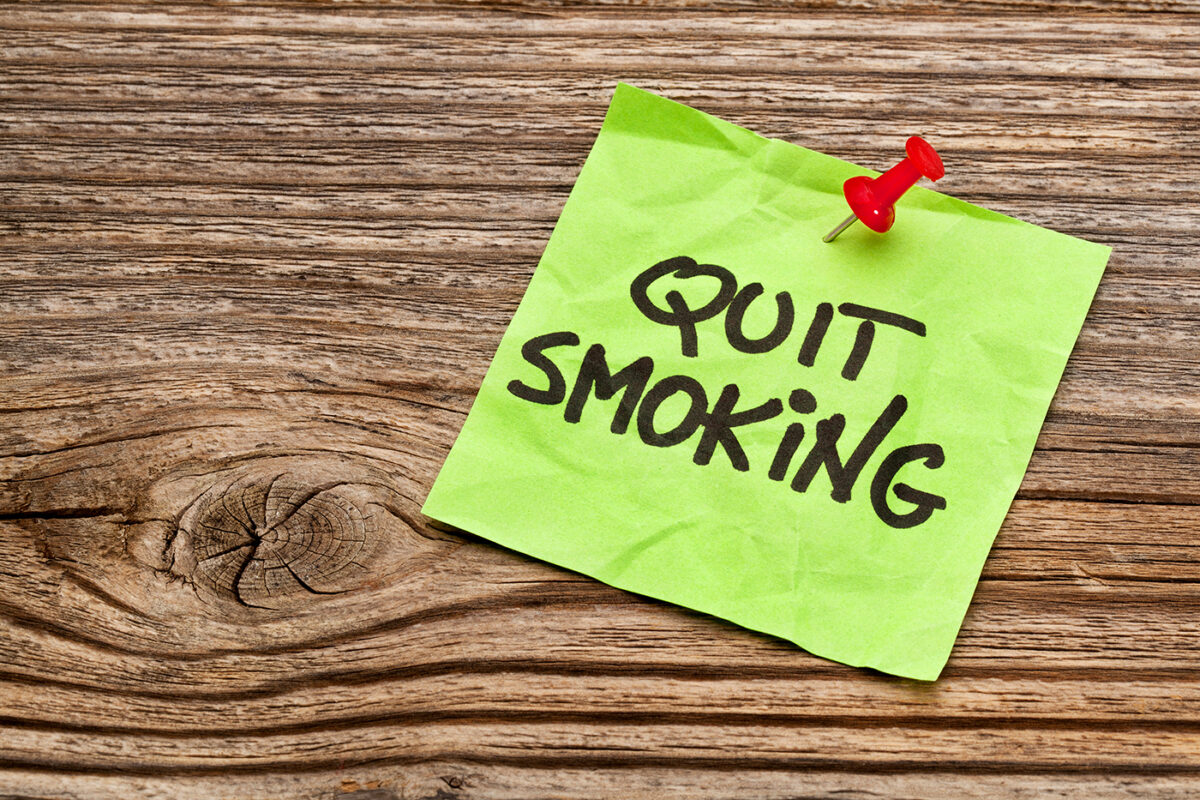
Author
Elizabeth (Izzy) Montgomery, MPA
Policy Analyst
Contact
ACHI Communications
501-526-2244
jlyon@achi.net
A new report from the American Lung Association ranks Arkansas in the bottom tier of states for multiple lung cancer measures, including screening and survival rates.
Arkansas has one of the nation’s highest rates of new lung cancer cases (68.2 cases per 100,000 people), giving it a ranking of 46th out of 50 states and the District of Columbia, according to the report. Other notable findings for Arkansas include a lower five-year survival rate (22.6%) compared to the national rate of 28.4%, giving the state a ranking of 45th out of 50 states and the District of Columbia.
The report finds that 14.3% of those at high risk of lung cancer in Arkansas received screenings during the review period, a rate that is not significantly different from the national rate of 16%. However, Arkansas is still classified as “below average” (33rd among all states and the District of Columbia) on this measure.
Arkansas has a smoking rate of 18.7% which is significantly higher than the national rate of 12.9%. The state is ranked 50th among the states and the District of Columbia for this measure, with West Virginia ranking 51st (21%).
On the report’s measure for radon, a colorless and odorless gas that can seep into homes and buildings and is the second leading cause of lung cancer, Arkansas is ranked 20th, with 20.1% of radon test results in the state at or above the level at which the Environmental Protection Agency recommends corrective action. Arkansas was placed in the “average” tier for this measure among the 50 states and the District of Columbia.
Unfortunately, values for several measures, including early diagnosis, surgical treatment, and lack of treatment, are not available for Arkansas due to the impact of COVID-19 on cancer surveillance in 2021. Information on each of the measures, including data sources and data collection periods, are available in the Methodology and Data Sources section of the report.
Smoking is the leading cause of lung cancer, although non-smokers can also develop lung cancer from other exposures, including air pollution and radon exposure. Screening individuals at increased risk for lung cancer is vitally important, since lung cancer detected at an earlier stage is more likely to be successfully treated.
In 2021, the U.S. Preventive Services Task Force updated its recommendation regarding individuals who should be screened for lung cancer. The recommendation now includes adults ages 50 to 80 who have a 20 pack-year smoking history and currently smoke or have quit within the past 15 years. A smoker’s pack-year history is calculated by multiplying the number of packs smoked per day by the number of years the person has smoked; for example, for a person who has smoked a pack a day for 20 years or two packs a day for 10 years would have a 20 pack-year smoking history.
Earlier this year, we blogged about the American Lung Association’s State of Lung Cancer report, in which Arkansas received an “F” grade for tobacco prevention and cessation efforts. For more information about the impact of tobacco use on the prevalence of lung cancer, as well as screening and treatment for lung cancer, listen to our Wonks at Work podcast episode with Dr. Matthew Steliga, a thoracic surgeon at the University of Arkansas for Medical Sciences and a member of the state Tobacco Prevention and Cessation Advisory Board.
About the Data
Incidence data (new lung cancer cases) for Arkansas are from 2017-2021 and come from the Center for Disease Control and Prevention’s WONDER Online Database. State survival rates are the age-standardized percent of cases still alive five years after diagnosis for cases diagnosed in years 2014-2020 and come from North American Association of Central Cancer Registries (NAACCR’s) CiNA Explorer. Screening rates were determined by dividing the number of self-reported lung cancer screening exams meeting United States Preventative Task Force (USPSTF) criteria by the number of people at high risk for lung cancer and recommended for annual screening with low-dose computed tomography using data from the 2022 Behavioral Risk Factor Surveillance System (BRFSS). Smoking rates are the percent of adults who have ever smoked 100 or more cigarettes and currently smoke on some days or all days using data from the 2022 BRFSS. Radon estimates for each state are primarily based on the most recent ten-year period’s proportion of county-level pre-mitigation radon tests from occupied interior spaces at or above the U.S. Environmental Protection Agency action level of 4 pCi/L (picoCuries per liter of air) from CDC’s National Environmental Public Health Tracking for 2008-2017.






